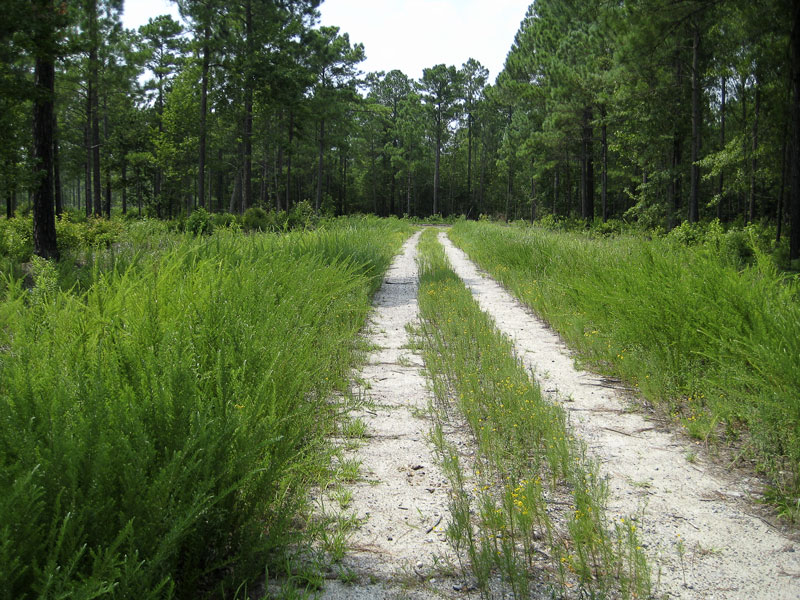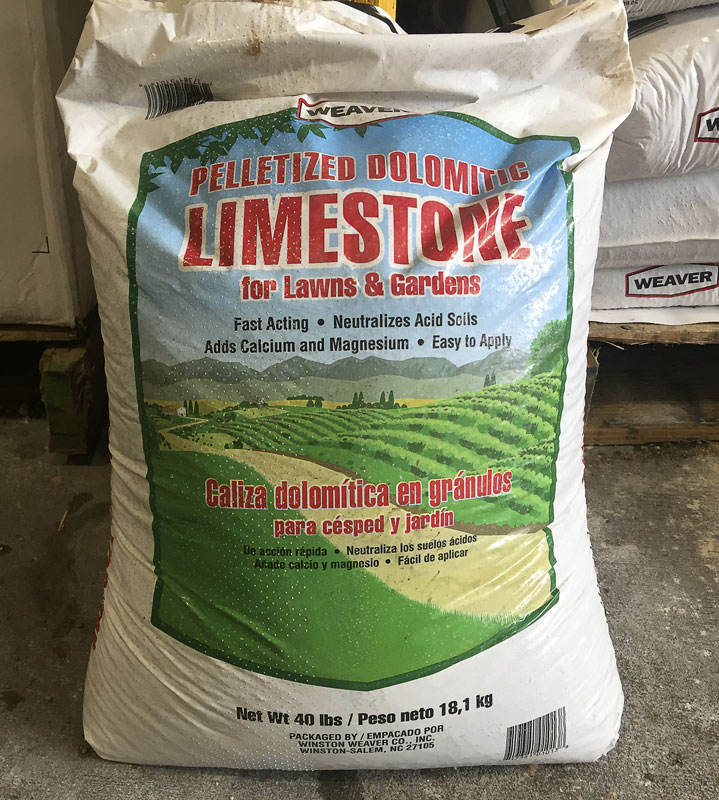Most food-plot soils start out acidic; now’s the time to get that balancing act in line
With the passing of New Year’s Day, it’s time for land managers to begin preparing and improving the quality of the dirt in their food plots.
First, most food plots planted with annuals in the fall are typically demolished by now and are looking quite pitiful. But hopefully, these fall plots provided hunters with successful outcomes, with nutrient-rich food and maybe even a trophy kill or two. If this is the case, it is the perfect time to load these food plots up with lime to begin adjusting the pH for next year’s crop.
Yes, another discussion about acid-base correction. But it is especially important for producing lush food plots and should NEVER be avoided or put off until planting time. At a minimum, sufficient acid-base correction should occur at least four months before planting.
Food plots in the South are predominantly constructed on land that was formerly forested or areas adjacent to forested areas — places that have naturally acidic soils. These soils are perfect for growing trees. But they pose a problem when forbs and annual legumes are the target growth species.
Understanding pH
Most forest soils in the South carry a pH between 4.0 to 5.0. At these levels, preferred planting varieties suffer from the minute they are planted. And the acidic environment makes fertilizers insoluble or practically unavailable for the plants to uptake to fuel growth.
The pH scale ranges from 0 to 14, with 7.0 considered as neutral. Anything above 7.0 is considered alkaline or basic, and anything below 7.0 is acidic. pH is measured in logarithmic units where each number represents a 10-factor change. Technically, the pH determines how many free hydrogen or hydroxyl ions are present. The more free hydrogen ions available causes a mixture to be more acidic. And the opposite is the case for hydroxyl ions where it is more basic or alkaline.
pH corrections are almost always necessary in the Carolinas
In simple terms, the pH dictates the solubility of certain macro and micronutrients. For most beneficial elements to plants, including phosphorus, nitrogen and potassium in large amounts and some heavy metals in lower amounts, the soil pH needs to be near or approaching neutral for plants to utilize these nutrients. But some toxic, heavy metals are more soluble to plants at lower pHs.
The bottom line is, a low pH is a problem for developing food plots and growing them to their full potential. January is a prime time to start applying lime to adjust the pH in soils. A soil test is always beneficial for determining chemical composition. But the soils in the Southeast are going to be on the acidic side of the scale, and pH corrections are rarely avoided.
Bring on the lime
In acidic soils, acid-base correction is obtained from applying calcitic lime. And some methods are better for some soils than others. To begin, it is a slow process even when quick-acting versions are used. The quick-acting versions are great for applications within 30 days of planting and when only a small adjustment is needed. But they don’t have the ability to change the pH very much in that short amount of time. Large corrections take longer — sometimes a few years — to get the pH into the ideal range.
Larger gaps in pH should be accomplished with pelletized limestone or larger particle-limestone. These take longer to dissolve and make a larger impact to changing soil pH than pulverized limestone, which may leach away or run off after a heavy rainfall. Pelletized limestone should be applied in January so it has several months of exposure to allow the chemical process to work.
For the best results, sites should be lightly disked to allow pellets to get lodged in the soil. Soil tests will determine the actual amounts needed. But for most sites, one to three tons per acre is generally the recommended rate within heavy acidic soils. These amounts can be applied in split applications as well.

Breaking ground is for the birds
For some people, waking up late on Saturdays after deer season has ended, and cranking up a tractor is much needed therapy. For landowners with birds on the brain, the tractor time is beneficial for creating future feeding opportunities. And turning up the soil in key areas is a perfect way to pave the trail for creating prime feeding zones for game birds, specifically quail and wild turkey.
Deer and most other mammals can eat a variety of foods. But quail and wild turkeys are a little more specific on the types of foods they can consume, and it is mostly determined by particle size. Deer are able to chew up foods of various sizes and shapes. However, birds must swallow their lunch and rely on their crops to churn up their food.
Small legumes and seed-bearing forbs offer birds with feeding opportunities. Winter disking can energize soils and allow small, dormant seeds to germinate. Some seed varieties prefer winter disking and will germinate faster over the winter than other times when other weed seeds are present.
Disking this time of year provides the most benefit
Fields and field edges are generally full of dormant seeds and plenty of preferred and non-preferred seeds. Partridge pea, ragweed and blackberry prefer winter disking and can provide beneficial foods for quail, turkey and other birds. In fact, ragweed seeds are known to get a head start on all other weed and forb seeds if disked from November through January. Whichever plant gets a head start in these open grounds will have the tendency to flourish and take over the bare space first.
Winter disking can be performed just about anywhere on the farm where adequate sunlight is available. Power-line right-of-ways, old fields, food plots, road shoulders, fire lanes and other strips are generally excellent places to disk up to benefit game birds. The benefits from winter disking are best recognized when completed between November and February.





Be the first to comment